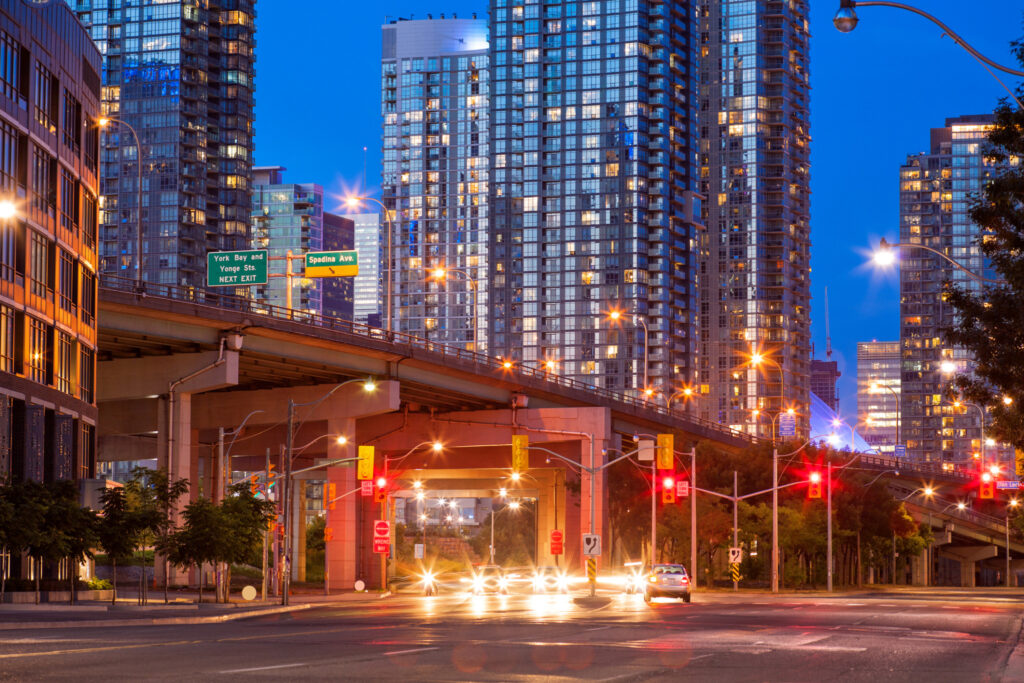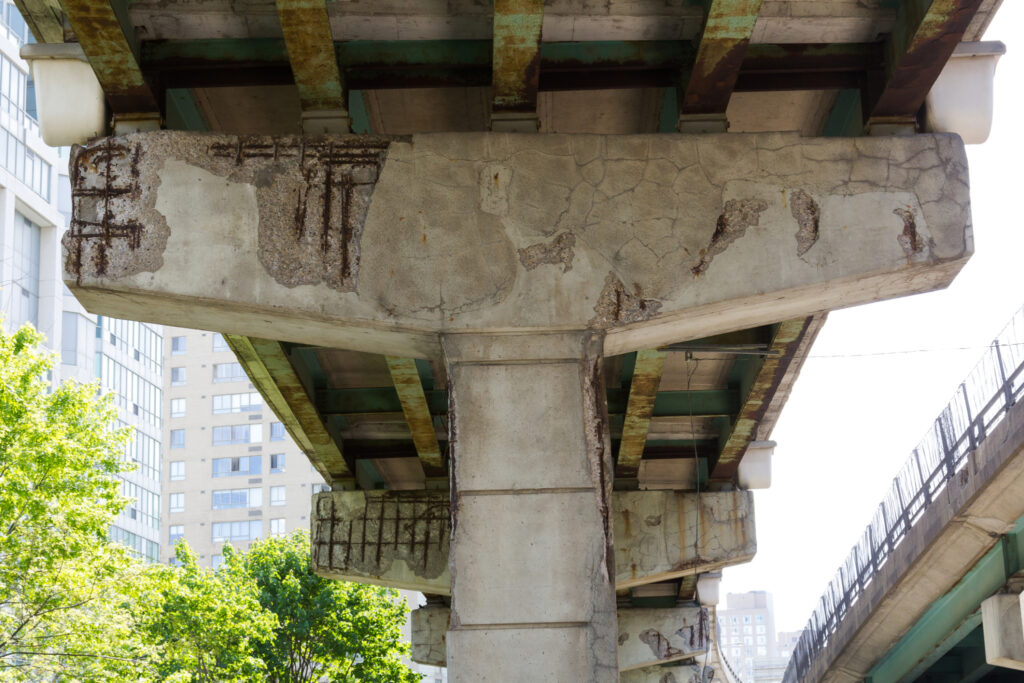OTA reminds Toronto of Gardiner’s importance ahead of reconstruction meeting
The Ontario Trucking Association (OTA) is reminding the City of Toronto how critical the Gardiner Expressway is to the economy as a key infrastructure and environment committee prepares for a March 20 meeting to discuss the route’s reconstruction.
“What matters to us is making sure we can still get goods into and out of Toronto,” Jonathan Blackham, OTA director of policy and public affairs, told TruckNews.com.

The OTA wrote a letter to Toronto Deputy Mayor Jennifer McKelvie, reminding officials that without the Gardiner Expressway, trucking carriers will have limited access to and from the city.
“Many conversations around the Gardiner Expressway tend to focus exclusively on commuters and land use/development opportunities,” Blackham said in a news release. “And while these conversations are important, they also often neglect to consider the role the Gardiner Expressway, including the eastern portion, plays in getting vital supplies and goods into and out of the city.”
The partially elevated 18-km municipal route in Toronto extends from the foot of the Don Valley Parkway in the east to the junction of Highway 427 and Queen Elizabeth Way in the west.
In 2016, councillors decided to spend just over $1 billion to retain the eastern portion of the expressway, moving it farther north while tearing down a ramp over Logan Avenue.
The so-called “hybrid option” was chosen instead of a proposal to tear down a 1.7-km section of the Gardiner east of Jarvis Street and replace it with a surface-level boulevard for less than half the cost, CBC reported. The project represents approximately 14% of the city’s overall 10-year capital plan, according to staff.
Gardiner East Transparency, a coalition of groups community groups, is calling for a full accounting of the rebuilding project’s costs.
Priority for trucks
Coalition spokesperson Albert Koehl said goods movement is typically thwarted by people in single-occupant cars, which is an inefficient way to move people.
“One option that has been considered to speed goods movement [and that makes sense to us] is to give trucks priority on the Gardiner East during peak times,” he told TruckNews.com.
“The priority is to move people onto transit, and we are well on our way to doing this with shovel-in-the-ground projects: Ontario Line, Scarborough Subway, Finch West LRT, Eglinton LRT, and Crosstown LRT, along with improved GO Lakeshore service and the proposed waterfront (east) LRT. These projects will need customers, not easy access to roads,” he said.
Strategic regional importance
Councillor Stephen Holyday told TruckNews.com that it is regrettable that some people seek to re-hash an old decision.
“Most people can appreciate the strategic regional importance that a continuous and functional expressway system has to goods movement and the economy. Even if you don’t use the highway yourself, everyone can understand that congestion affects time and cost, and detracts from our quality of life and ability to freely move around,” Holyday said.
Susan Bakshi, co-chairwoman of ClimateFast, part of the Gardiner East Transparency coalition, said by redirecting funds from the maintenance of the Gardiner into public and active transit, OTA members would benefit a great deal from the decrease in traffic and congestion along Toronto’s roadways.
“If we can get people out of their private cars and onto public transit and outside walking and biking, we free the roads for trucks, delivery vehicles, and first responders to get to where they need to go in a timely and efficient manner,” she said.
Limited access link
OTA’s Blackham said, “You need a limited access link between the Hwy. 427/QEW on one side and the DVP on the other. If you lose the eastern portion of that, the whole thing is affected.”
He added that it is unfortunate the issue is being politicized. “A decision was made, and the city was moving on with the hybrid option. That was fine because it maintained a continuous link.”
Without a limited-access, continuous link like the Gardiner Expressway, the city’s ability to secure goods in a timely and cost-effective manner will be severely impacted and will likely bring a steep cost to the city’s residents and economy, the OTA warned.
Have your say
This is a moderated forum. Comments will no longer be published unless they are accompanied by a first and last name and a verifiable email address. (Today's Trucking will not publish or share the email address.) Profane language and content deemed to be libelous, racist, or threatening in nature will not be published under any circumstances.
If the Province will not let the city toll then the city of Toronto should not be responsible for the cost of the upkeep of either the Gardiner or the DVP this should be on the Province as both are just as important as the QEW, 427,401 and 404 and used by all the same drivers.

Then we need tolls on that road to pay for from 700 in the morning to 9 pm based on thecweight with scales and transponders every 5 km
We can not expect the gov to pay for upgrades with so many not getting proper food and medical in ont and a underfunded transit and intercity bus system